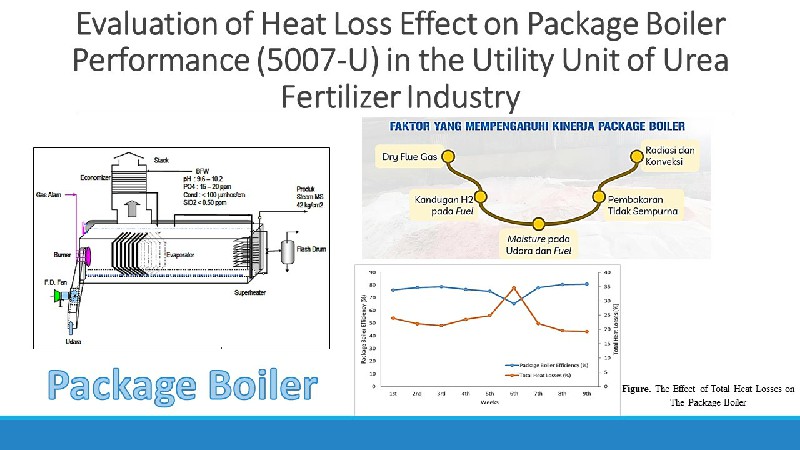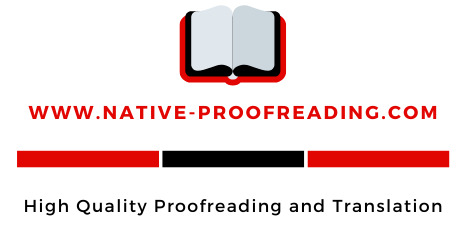Pengolahan Limbah Cair Pabrik Gula Menggunakan Adsorben dari Kotoran Sapi dan Ampas Tebu

Downloads
Limbah cair seringkali dibuang ke sungai tanpa pengolahan yang memadai sehingga bahan-bahan organik yang terkandung di dalamnya cukup tinggi yang dapat menimbulkan dampak negatif bagi lingkungan. Adsorpsi merupakan salah satu cara untuk mengurangi kandungan bahan-bahan organik pada limbah cair. Penelitian ini bertujuan untuk mengetahui pengaruh rasio massa dan waktu kontak adsorben campuran dari kotoran sapi dan ampas tebu terhadap parameter pengolahan limbah cair pabrik gula. Analisis yang dilakukan pada penelitian ini adalah nilai COD, BOD, TSS, dan pH. Variasi rasio massa adsorben terhadap volume air limbah yaitu 1%, 2%, 3%, 4%, sedangkan variasi waktu kontak adsorben terhadap sampel air limbah adalah 1 jam, 2 jam, 3 jam, dan 4 jam. Penurunan nilai COD dan TSS terbaik pada rasio adsorben 3% dan waktu kontak 3 jam. Nilai BOD mengalami kenaikan pada semua variabel tetapi tidak melebihi baku mutu limbah cair. Hasil penelitian terbaik diperoleh nilai COD 12 mg/L, TSS 26,67 mg/L, pH 6 dan BOD 28,72 mg/L.
Downloads
Chingono, K. E., Sanganyado, E., Bere, E., & Yalala, B. (2018). Adsorption of sugarcane vinasse effluent on bagasse fly ash: A parametric and kinetic study. Journal of Environmental Management, 224(April), 182-190. DOI: 10.1016/j.jenvman.2018.07.042
Estikarini, H. D., Hadiwidodo, M., & Luvita, V. (2016). Penurunan Kadar COD dan TSS pada Limbah Tekstil dengan Metode Ozonasi. Jurnal Teknik Lingkungan, 5(1).
Fito, J., Tefera, N., & Van Hulle, S. W. H. (2017). Adsorption of distillery spent wash on activated bagasse fly ash: Kinetics and thermodynamics. Journal of Environmental Chemical Engineering, 5(6), 5381-5388. DOI: 10.1016/j.jece.2017.10.009
Gaikwad, S., & Mane, S. J. (2015). Reduction of Chemical Oxygen Demand by using Coconut Shell Activated Carbon and Sugarcane Bagasse Fly Ash. International Journal of Science and Research, 4(7), 642-645. [Sources]
Jamilatun, S., & Setyawan, M. (2014). Pembuatan Arang Aktif dari Tempurung Kelapa dan Aplikasinya untuk Penjernihan Asap Cair. Spektrum Industri, 12(1), 73. DOI: 10.12928/si.v12i1.1651
Kaur, K., Mor, S., & Ravindra, K. (2016). Removal of chemical oxygen demand from landfill leachate using cow-dung ash as a low-cost adsorbent. Journal of Colloid and Interface Science, 469, 338-343. DOI: 10.1016/j.jcis.2016.02.025
Lakdawala, M. M., & Patel, Y. S. (2012). The effect of low cost material Bagasse Fly ash to the removal of COD Contributing component of combined waste water of Sugar Industry. Scholars Archives of Applied Science Research, 4(2), 852-857, [Sources]
Pandia, S., Siahaan, A. D. Y., & Hutagalung, A. T. (2017). Pemanfaatan Adsorben Dari Kulit Buah Kakao ( Theobroma cacao l . ) Untuk Menurunkan Chemical Oxygen Demand Pada Palm Oil Mill Effluent Utilization Of Adsorbent From Cocoa Peel ( Theobroma cacao l .) To Reduce Chemical Oxygen Demand In Palm Oil Mill Efflu. Jurnal Teknik Kimia USU, 6(3), 34-40. DOI: 10.32734/jtk.v6i3.1587
Prahutama, P., & Purnomo, Y. (2018). Pengolahan Limbah Cair Industri Penyamakan Kulit dengan Adsorpsi Abu Terbang Bagas. JURNAL ENVIROTEK, 10. DOI: 10.33005/envirotek.v10i1.1152
Rakholiya, V. V, & Puranik, S. A. (2012). COD reduction using modifying industrial effluent treatment flowsheet and low cost adsorbent as a part of cleaner production. Advances in Applied Science Research, 3(3), 1279-1291, [Sources]
Rohmah, D. M. (2017). Pengolahan Limbah Cair Industri Gula dengan Koagulan PAC (Poly Aluminium Chloride) dan Flokulan Organoclay {Bentonit-PolyDADMAC(Polydiallyldimethylammonium Chloride)}. Skripsi: Kimia, UIN Sunan Kalijaga, [Sources]
Sa'diyah, K., Lusiani, C. E., Chrisnandari, R. D., Witasari, W. S., Aula, D. L., & Triastutik, S. (2020). Pengaruh Proses Aktivasi Kimia Terhadap Karakteristik Adsorben dari Kulit Pisang Kepok (Musa acuminate L.). Jurnal Chemurgy, 4(1), 18. DOI: 10.30872/cmg.v4i1.4074
Sahu, O. (2019). Electro-oxidation and chemical oxidation treatment of sugar industry wastewater with ferrous material: An investigation of physicochemical characteristic of sludge. South African Journal of Chemical Engineering, 28(January), 26-38. DOI: 10.1016/j.sajce.2019.01.004
Siregar, R. D., Zaharah, T. A., & Wahyuni, N. (2015). Penurunan Kadar COD (Chemical Oxygen Demand) Limbah Cair Industri Kelapa Sawit Menggunakan Arang Aktif Biji Kapuk (Ceiba Petandra). Jurnal Kimia Khatulistiwa, 4(2), 62-66. [Sources]
Tomasz, K., Anna, K., & Ryszard, C. (2019). Effective adsorption of lead ions using fly ash obtained in the novel circulating fluidized bed combustion technology. Microchemical Journal, 145, 1011-1025. DOI: 10.1016/j.microc.2018.12.005
Wirosoedarmo, R., Haji, A. T. S., & Hidayati, E. A. (2018). Pengaruh Konsentrasi dan Waktu Kontak pada Pengolahan Limbah Domestik Menggunakan Karbon Aktif Tongkol Jagung untuk Menurunkan BOD dan COD. Jurnal Sumberdaya Alam dan Lingkungan, 3(2), 31-38. [Sources]
Copyright (c) 2021 CHEESA: Chemical Engineering Research Articles

This work is licensed under a Creative Commons Attribution-NonCommercial-ShareAlike 4.0 International License.
With the receipt of the article by CHEESA Editorial Board and the decision to be published, the copyright regarding the article will be transferred to CHEESA Journal.
CHEESA has the right to multiply and distribute the article and every author is not allowed to publish the same article that was published in this journal.

This work is licensed under a Creative Commons Attribution-NonCommercial-ShareAlike 4.0 International License.
Under the following terms:
Attribution ” You must give appropriate credit, provide a link to the license, and indicate if changes were made. You may do so in any reasonable manner, but not in any way that suggests the licensor endorses you or your use.
NonCommercial ” You may not use the material for commercial purposes.
ShareAlike ” If you remix, transform, or build upon the material, you must distribute your contributions under the same license as the original.






